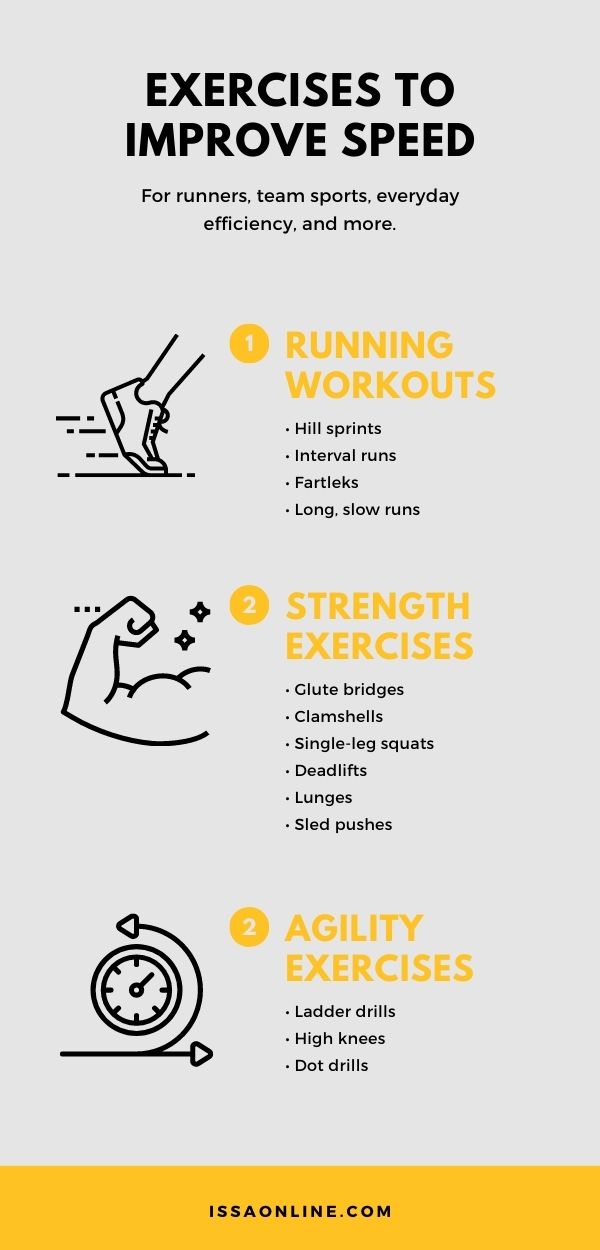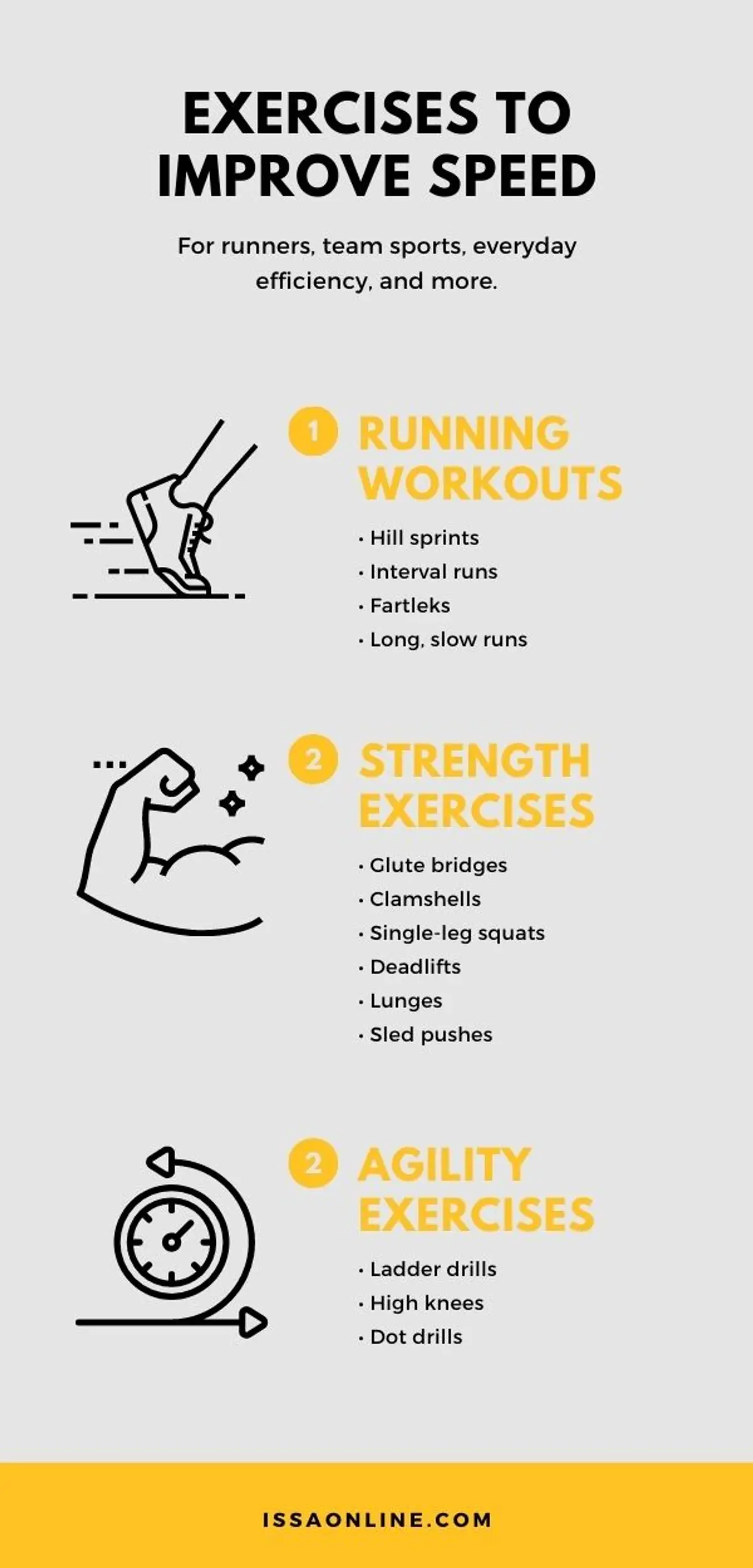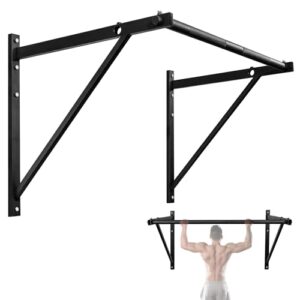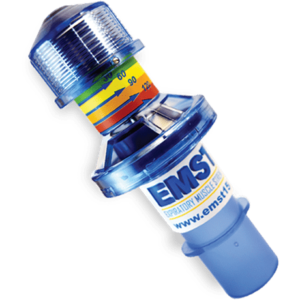A strength training program for runners enhances endurance and speed. It incorporates resistance exercises targeting the core, legs, and upper body.
Strength training is crucial for runners seeking to improve performance and reduce injury risks. This kind of program integrates a variety of workouts that focus on muscle groups used in running. By building muscular strength and stability, runners can achieve better posture and efficiency.
The regimen should be tailored to individual needs, allowing for progressive overload, which systematically increases the intensity to challenge muscles. Introducing two or three strength training sessions a week can significantly benefit a runner’s pace, power, and running economy. Careful planning ensures the strength exercises complement running routines without leading to overtraining. A well-designed strength training program is the key to unlocking the full potential of a runner’s stride and stamina.
The Symbiosis Of Running And Strength Training
The symbiosis of running and strength training bridges the gap between endurance and power. Runners often focus on clocking miles. Yet, adding strength exercises can propel performance to new heights. Integrating both disciplines enhances overall athletic ability, prevents injuries, and breaks performance plateaus.
Building A Balanced Athlete
Runners who incorporate strength training build a more balanced physique. This balance is crucial for better form and fewer injuries. Here are the key components that strength training brings to a runner’s routine:
- Increased core stability: A strong core helps maintain proper posture during long runs.
- Enhanced muscle symmetry: Correcting imbalances prevents overuse injuries.
- Better joint health: Strength exercises improve joint integrity and flexibility.
Introducing variety in workouts also keeps the body guessing. This leads to continuous improvement and a well-rounded athlete.
Impact On Speed And Endurance
Strength training has a direct impact on a runner’s speed and endurance. The reasons for these improvements are clear:
| Faster Pace | Longer Runs |
|---|---|
| Stronger leg muscles lead to more forceful strides. | Muscular endurance allows for maintaining pace over distances. |
| Improved explosive power enhances sprinting capability. | Better muscle recovery reduces fatigue during runs. |
Speed gains come from powerful, efficient muscles. Endurance benefits emerge as muscles withstand the rigors of prolonged activity. This combination is essential for race days and challenging workouts.
Assessing Your Fitness Baseline
Before embarking on a strength training program, it’s crucial to understand where you currently stand. This assessment serves as a benchmark for tracking progress and tailoring your regimen to your unique needs. By gauging your starting point, you can set realistic goals and avoid overtraining, which may lead to injuries.
The Importance Of Starting Point Evaluation
A proper fitness baseline assessment tells you about your strengths and areas that require improvement. It helps you to create a balanced strength training program that complements your running routine. Such an evaluation keeps your training focused and efficient, maximizing your chances of success.
Key Metrics For Runners
- Endurance: Measure how long you can run without stopping.
- Speed: Time your average pace per mile or kilometer.
- Strength: Count the maximum number of repetitions of key exercises like squats or push-ups you can perform.
- Flexibility: Check the range of motion in joints crucial to running, such as hips and ankles.
Keep a detailed log of these metrics and update it regularly. This approach ensures you can see the tangible results of your strength training efforts and adjust your program as needed.
- Fitness assessments should occur every 4-6 weeks to monitor your progress.
Remember to consult with a professional if you have any health concerns or are new to strength training. Now, let’s put those running shoes on and hit the track with confidence, knowing exactly where we’re starting from!
Crafting Your Strength Training Regimen
Welcome to the core of your running success: strength training. Each stride you take is a symphony of muscles working in harmony. It’s not just about putting miles under your feet; strength training molds those runner’s muscles for peak performance and stamina. Now, let’s tailor your strength regimen with precision for maximum results.
Essential Exercises For Runners
Power comes from a strong foundation. Runners need specific exercises for that extra edge. Each exercise builds endurance, and strength and reduces injuries. Let’s look at exercises that are game-changers for runners.
| Exercise | Target Muscle | Benefits |
|---|---|---|
| Squats | Glutes, Quads | Builds leg strength, supports knees |
| Deadlifts | Hamstrings, Back | Enhances posterior chain power |
| Lunges | Quads, Hamstrings | Improves balance, single-leg strength |
| Planks | Core | Stabilizes torso, aligns posture |
| Push-ups | Chest, Arms | Bolsters upper body, aids arm drive |
Frequency And Periodization
Consistency is key in strength training, but so is variation. Developing a strategic plan keeps muscles challenged and growth ongoing. Lay it out for success.
- Start with twice a week, focusing on full-body routines.
- Progress to three times as your body adapts.
- Divide workouts into lower and upper body sessions.
- Incorporate rest days to allow for recovery.
- Vary the exercises, sets, and reps every 4-6 weeks.
Recovery lets muscles heal and grow. Rest days prevent overtraining and injuries. Balance intense sessions with easier days for a well-rounded program.

Credit: www.pinterest.com
Cross-training Considerations
Cross-training is vital for runners looking to enhance performance and prevent injuries. It balances different muscle groups, reduces the risk of overuse, and maintains overall fitness. Let’s explore how flexibility, mobility, and injury prevention play a role in the development of an effective strength training program for runners.
Integrating Flexibility And Mobility Work
Flexibility and mobility work are essential pillars of cross-training for runners. Together, they improve joint health, muscle function, and the range of motion. It translates to smoother, more efficient running strides. Consider incorporating the following aspects into your routine:
- Dynamic stretching before runs to prepare the muscles
- Yoga or Pilates sessions to enhance core strength and flexibility
- Foam rolling post-run to increase blood flow and reduce soreness
Injury Prevention Techniques
Injury prevention is paramount, and strength training can fortify your body against common running-related injuries. Implement these techniques to stay on track:
| Technique | Benefit |
|---|---|
| Eccentric exercises | Builds tendon resilience |
| Balanced workouts | Develops equal muscle strength |
| Rest days | Allows muscle recovery |
Remember, consistency is key. Regular strength and mobility routines safeguard against the wear and tear of running.
Nutrition And Recovery Strategies
Understanding Nutrition and Recovery Strategies is crucial for runners engaged in strength training programs. These strategies play a pivotal role in enhancing performance and endurance. Proper nutrition fuels the muscles, while effective recovery protocols mend them, leading to improved running and strength gains. Let’s dive into how to best fuel for strength and optimize recovery times.
Fueling For Strength And Endurance
For runners, getting nutrition right is the cornerstone of a successful strength training program. Here’s how to fuel your body:
- Carbohydrates: They provide the energy runners need. Opt for complex carbs like oats and quinoa.
- Protein: Essential for muscle repair. Incorporate lean meats, beans, and tofu into meals.
- Fats: Don’t avoid healthy fats. Avocados and nuts support overall health.
- Hydration: Water is key for peak performance. Drink regularly throughout the day.
Pre-Workout Meals: Consume a balanced meal 2-3 hours before training. Include carbs, protein, and fats.
Post-Workout Meals: Refuel within 30 minutes post-training. Focus on protein for muscle repair and carbs to replenish energy stores.
Optimizing Recovery Times
Recovery is just as important as the workout itself. Follow these steps to bounce back quickly:
- Eat a post-workout snack within 30 minutes of exercise.
- Include protein-rich foods to repair muscles. Examples include Greek yogurt or a turkey sandwich.
- Make sure to sleep well. Aim for 7-9 hours to allow your body to recover fully.
- Consider gentle recovery activities, such as yoga or light cycling, on rest days.
Remember, treating your body right with the proper nutrition and recovery tactics can mean the difference between a good performance and a great one.

Credit: www.issaonline.com
Monitoring Progress And Adjusting Your Program
Impactful strength training breathes life into a runner’s performance. Tracking progress helps ensure gains align with goals. A tailored approach that evolves over time keeps a program dynamic and effective. Let’s explore how to monitor and adjust your routine for peak outcomes.
Tools For Tracking Improvement
Diverse tools are at a runner’s disposal to record and analyze their strength gains. Utilize these to identify strengths and target areas needing improvement:
- Workout Logs: Keep a daily record of exercises, reps, and weights.
- Fitness Apps: Use apps to track routines, set reminders, and visualize progress with graphs.
- Wearable Tech: Gadgets like fitness trackers measure workouts, heart rate, and recovery.
Combine these tools with a consistent review schedule. Small improvements seen over time can indicate when it’s time to adjust the intensity or variety of your workouts.
When To Evolve Your Training Plan
Adaptation is key to continuous improvement. Recognize these signs that your training plan requires change:
| Sign | Action |
| Plateau in performance | Increase intensity or vary exercises |
| Increased ease in workouts | Add more weight or complexity |
| Fatigue or overuse injuries | Scale back or focus on recovery |
Anticipate these changes and modify your program. Embrace regular assessments every few weeks to maintain a training curve that supports your running ambitions.

Credit: www.issaonline.com
Frequently Asked Questions On Strength Training Program For Runners
How Many Days A Week Should A Runner Strength Train?
Runners should aim to strength train two to three times weekly. This balances muscle building with necessary recovery.
What Strength Training Should I Do For Running?
Incorporate squats, lunges, deadlifts, and calf raises to build strength for running. These exercises target key muscle groups used in running, improving both endurance and power. Perform these workouts 2-3 times weekly for optimal results.
What Type Of Lifting Is Best For Runners?
Strength training with a focus on compound movements is ideal for runners. Exercises like squats, deadlifts, and lunges enhance endurance and power. It’s best to incorporate light to moderate weights with higher repetitions to build muscular endurance without excessive bulk.
What Is Periodization Of Strength Training For Runners?
Periodization of strength training for runners involves organizing workouts into phases that focus on different fitness components, such as endurance, strength, and power, to enhance running performance over time. This approach helps prevent plateaus and overtraining.
Can Strength Training Improve Running Performance?
Absolutely. Incorporating strength training into a runner’s workout routine can enhance endurance, speed, and reduce injury risk.
What Exercises Are Best For Runner’s Strength?
Exercises like squats, lunges, deadlifts, and calf raises are highly beneficial in building strength for runners.
Conclusion
Strength training is a game-changer for runners. It builds endurance, increases efficiency, and reduces injury risk. By incorporating the exercises discussed, you can enhance your running performance significantly. Commit to a balanced routine, and watch your race times drop. Run stronger, faster, and longer with the power of strength conditioning.
















